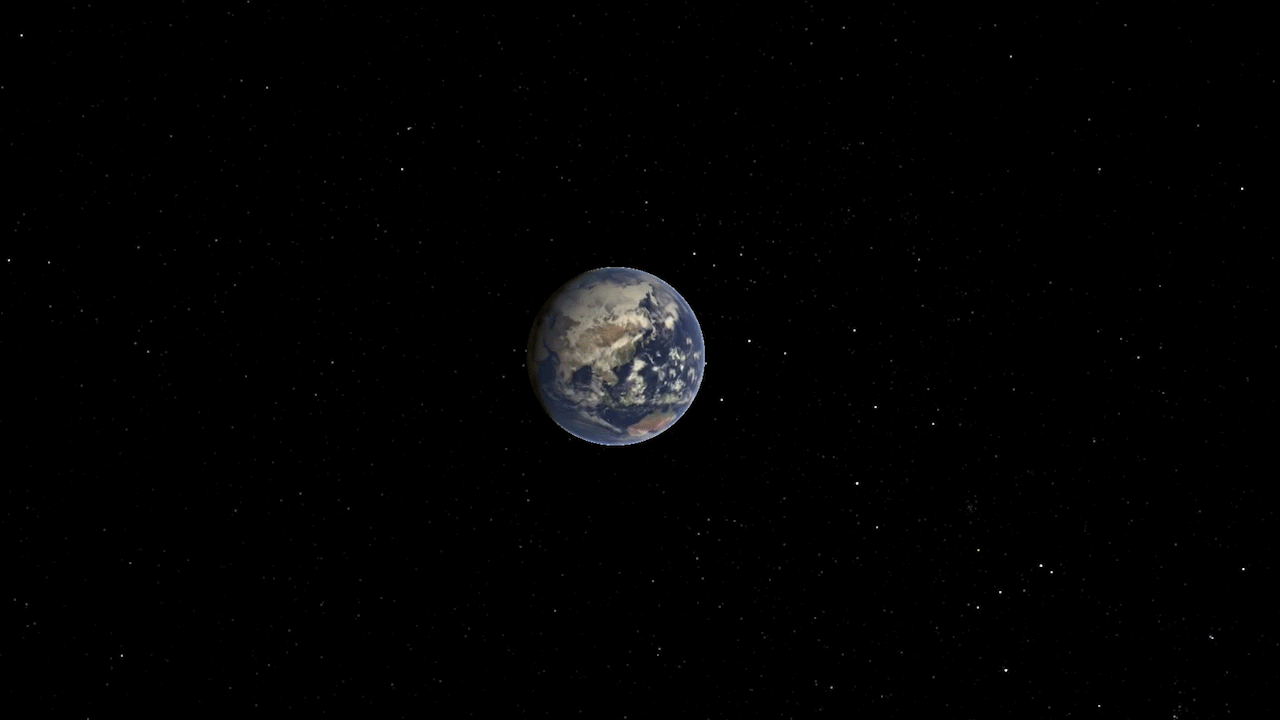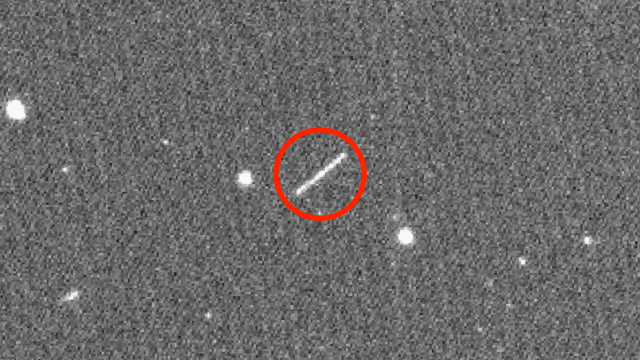On August 16, a car-sized asteroid came to within 2,945 kilometres of our planet, making it the closest known non-impacting asteroid on record.
This asteroid, named 2020 QG, measures around 3 to 6 meters in length, which is roughly the size of a large SUV. Its closest approach to Earth happened at 2:08 p.m. AEST on Saturday August 16, when it appeared some 2,945 km above the southern Indian Ocean, according to NASA.
This marks the closest known close call with an asteroid, the previous record happening in 2011, when the Catalina Sky Survey spotted asteroid 2011 CQ1, which appeared 2,500 km higher than 2020 QG.
To be clear, 2020 QG posed no threat to life on Earth. Asteroids of this size typically break up in the atmosphere before hitting the surface. Our solar system is littered with objects around this size, but they can only be detected when travelling close to Earth. Most near-Earth asteroids, or NEAs, are harmless, getting no closer than the Earth-Moon distance of 384,400 km.
2020 QG was clocked at 13 km per second, which is actually a bit slow as far as these things go. The asteroid turned by around 45 degrees as it flew past our planet, as Paul Chodas, director of the Centre for Near-Earth Object Studies at NASA’s Jet Propulsion Laboratory, explained in a NASA press release.
“The asteroid flew close enough to Earth that Earth’s gravity significantly changed its orbit,” explained Tom Prince, a research scientist at the Zwicky Transient Facility and physicist at Caltech, in a ZTF press release.

The ZTF facility, located at Caltech’s Palomar Observatory in San Diego County, gets credit for spotting the asteroid. This observatory is funded by the National Science Foundation and NASA’s Near-Earth Object Observations Program, the latter of which funds projects designed to detect such objects.
ZTF has a large field of view, making such sightings possible. This robotic survey is also powered by a machine learning program that sorts through roughly 100,000 images every day. The artificially intelligent system whittles down the list of potential objects of interest down to around 1,000, which are then vetted by humans. In this case, it was Kunal Deshmukh, a student at the Indian Institute of Technology Bombay, who spotted asteroid 2020 QG.
The asteroid appeared as a long streak in a wide-field camera image taken approximately six hours after the object’s closest approach to Earth. The asteroid was later confirmed by other ground-based telescopes, which helped to confirm its trajectory and physical characteristics.
As noted, this asteroid posed no threat. A bigger hazard comes from asteroids larger than 140 metres, which can cause considerable damage if they strike Earth.
Both optical and radio telescopes are used to detect and then determine the size, shape, rotation, and composition of NEAs. In addition to ZTF, other observatories on the hunt for potentially dangerous asteroids include the Panoramic Survey Telescope and Rapid Response System (Pan-STARRS) telescopes in Hawaii, the three Catalina Sky Survey telescopes in Arizona, and the Arecibo Observatory in Puerto Rico, which is currently out of commission after it was wrecked by a falling cable.
